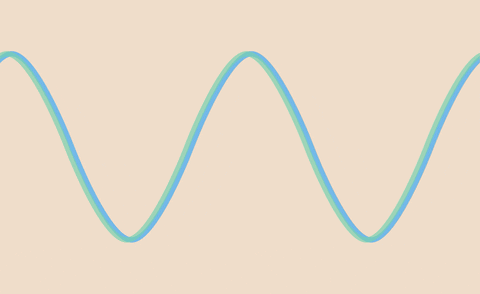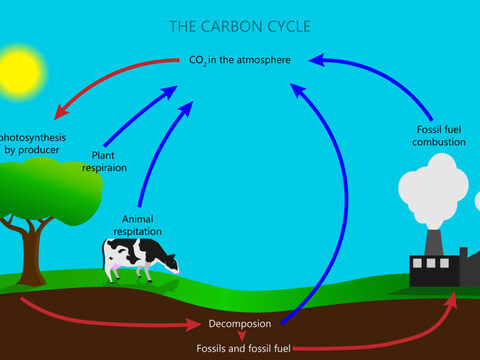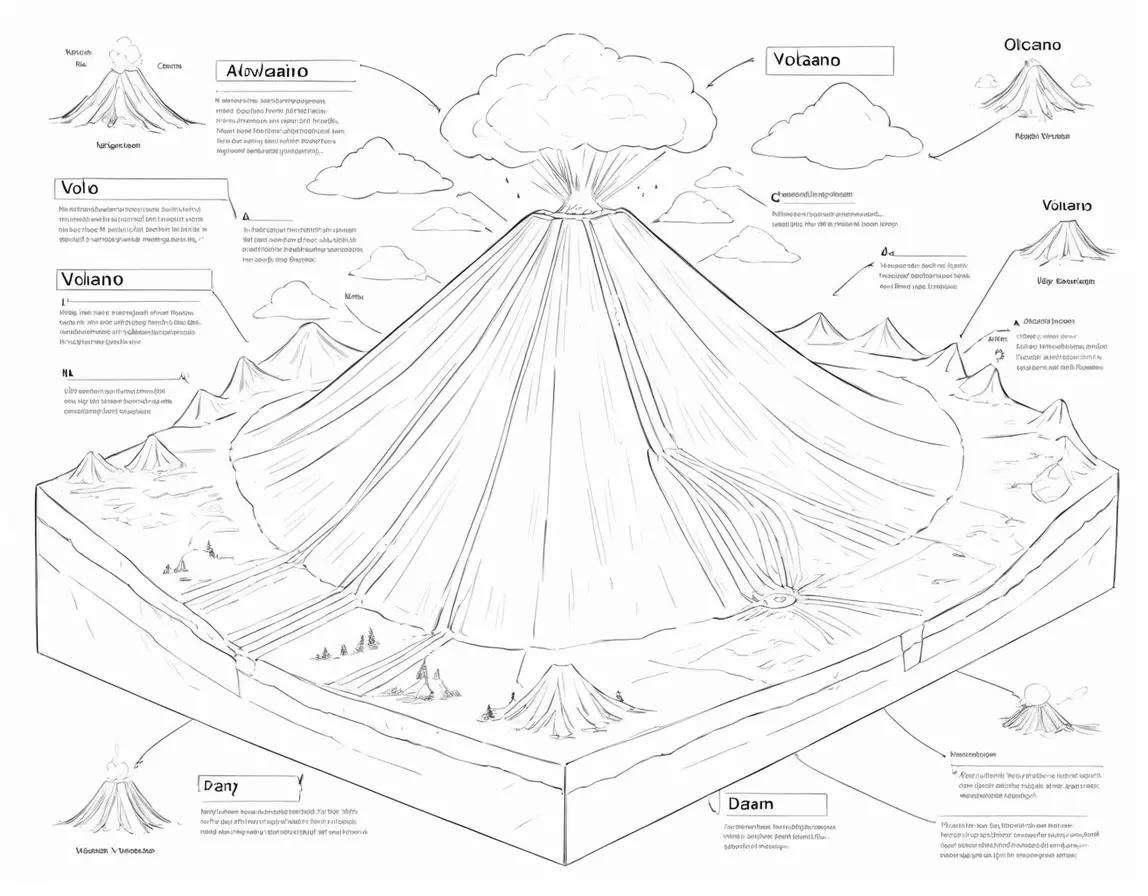
Waves are basic and common in physics. They can be found in areas as different as quantum physics and classical mechanics. You need to know how waves work to understand how sound, light, and electric energy act. During this in-depth study, we will look at the main ideas, groups, and uses of waves. We’ll learn everything there is to know about this important part of the world.
Definition and Characteristics:
At its core, a wave can be defined as a disturbance that propagates through space, transferring energy from one point to another without transporting matter. Waves exhibit key characteristics, including amplitude, wavelength, frequency, and speed, which collectively define their nature and behavior.
Amplitude refers to the maximum displacement of a point on the wave from its equilibrium position, representing the wave’s intensity. Wavelength, denoted by the Greek letter λ (lambda), is the distance between two successive points in a wave that are in phase—typically measured crest to crest or trough to trough.
Frequency, denoted by the symbol f, is the number of oscillations or cycles a wave undergoes per unit time, usually measured in hertz (Hz). The speed of a wave is determined by the product of its frequency and wavelength, following the equation v = fλ.
Classification of waves:
Waves can be classified into two broad categories: mechanical waves and electromagnetic waves.
Mechanical Waves:
Transverse Waves: In transverse waves, the particles of the medium oscillate perpendicular to the direction of wave propagation. A classic example is the motion of a string when plucked, creating ripples that move perpendicular to the initial displacement.
Longitudinal Waves: In longitudinal waves, the particles of the medium oscillate parallel to the direction of wave propagation. A classic example is sound waves, where air particles oscillate back and forth in the same direction as the wave travels.
Electromagnetic Waves:
Electromagnetic waves, which include light and radio waves, do not require a medium for propagation. They consist of oscillating electric and magnetic fields that are mutually perpendicular and perpendicular to the direction of wave propagation. These waves exhibit both transverse and longitudinal characteristics.
Properties of waves:
Understanding the properties of waves is crucial for comprehending their behavior and applications.
Superposition: The principle of superposition states that when two or more waves overlap, the resultant wave is the algebraic sum of their individual displacements. This principle is fundamental to understanding the interference patterns observed in various wave phenomena.
Reflection: Waves exhibit reflection when they encounter a boundary or obstacle. The angle of incidence equals the angle of reflection, following the law of reflection. Examples include sound waves reflecting off walls or light waves bouncing off mirrors.
Refraction: Refraction occurs when waves change direction upon passing from one medium to another, resulting in a change in speed. The bending of light as it passes through a prism is a classic example of refraction.
Diffraction: Waves exhibit diffraction when they encounter an obstacle or aperture, bending around the obstacle and spreading out. Diffraction is more pronounced when the size of the obstacle or aperture is comparable to the wavelength of the wave.
Interference: When two or more waves meet, interference can occur, leading to the reinforcement (constructive interference) or cancellation (destructive interference) of amplitudes. Interference is a fundamental concept in optics and acoustics.
Applications of Waves:
Waves play a pivotal role in a myriad of applications across different branches of physics and engineering.
Sound Waves:
Sound waves, longitudinal mechanical waves, are essential for communication, music, and medical imaging (ultrasound).
The Doppler effect, a phenomenon observed in sound waves, is utilized in radar systems and medical diagnostics.
Electromagnetic Waves:
Light waves, a subset of electromagnetic waves, are fundamental to optics, imaging, and communication technologies.
Radio waves are employed in broadcasting, telecommunications, and radar systems.
Microwaves are utilized in cooking and communication technologies.
Seismic Waves:
The mechanical waves produced by earthquakes, known as seismic waves, are crucial for understanding the structure of the Earth’s interior.
Seismology, the study of seismic waves, aids in earthquake prediction and understanding the composition of the Earth’s layers.
Quantum Physics:
Quantum mechanics describes particles as exhibiting wave-particle duality, highlighting the dual nature of matter. Wavefunctions, mathematical representations of quantum states, govern the behavior of particles at the quantum level.
Waves are an important part of physics because they can look like many different things and be used in many different ways. If you want to understand the secrets of the physical world, whether you’re looking into how light behaves, how earthquakes happen, or the world of quantum physics, you need to know about waves. The study of waves has shaped our understanding of the basic rules that govern the world from the time of classical mechanics to the present day of quantum physics.



















